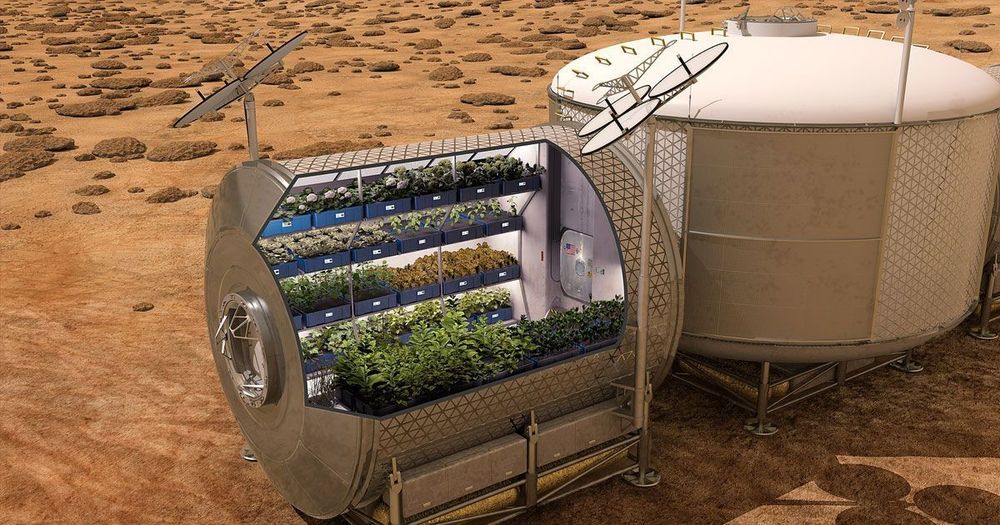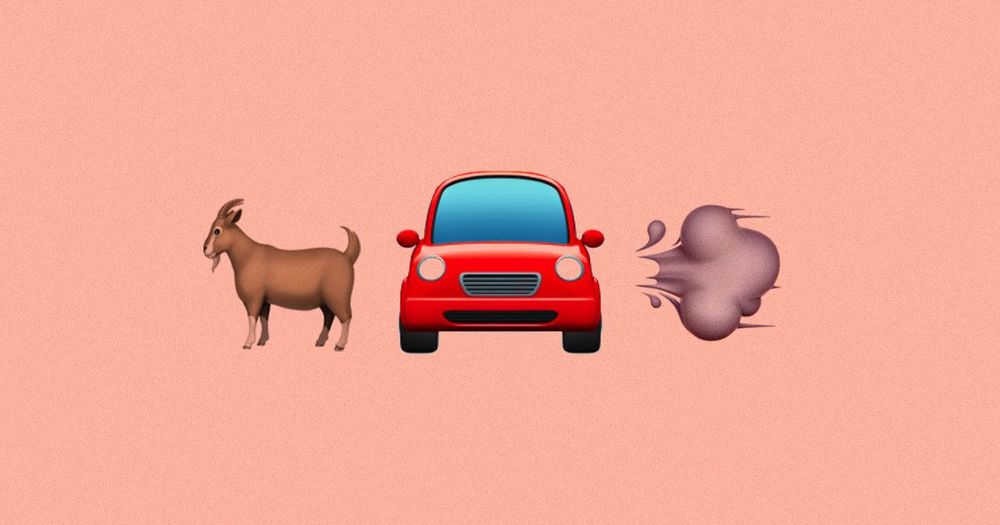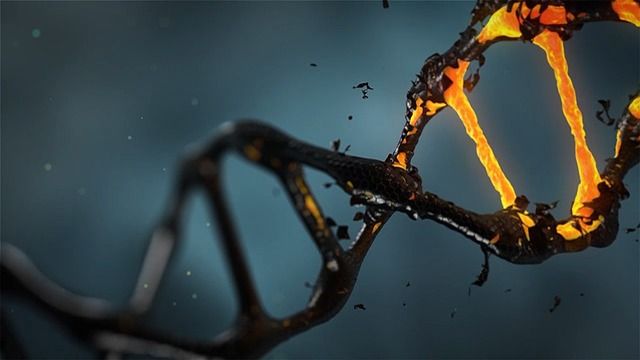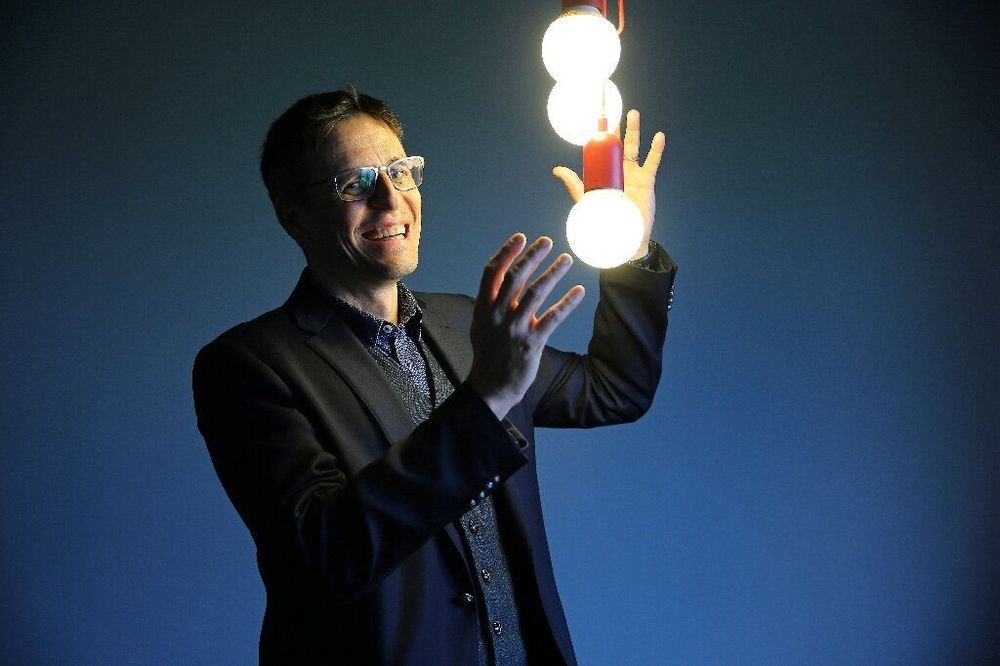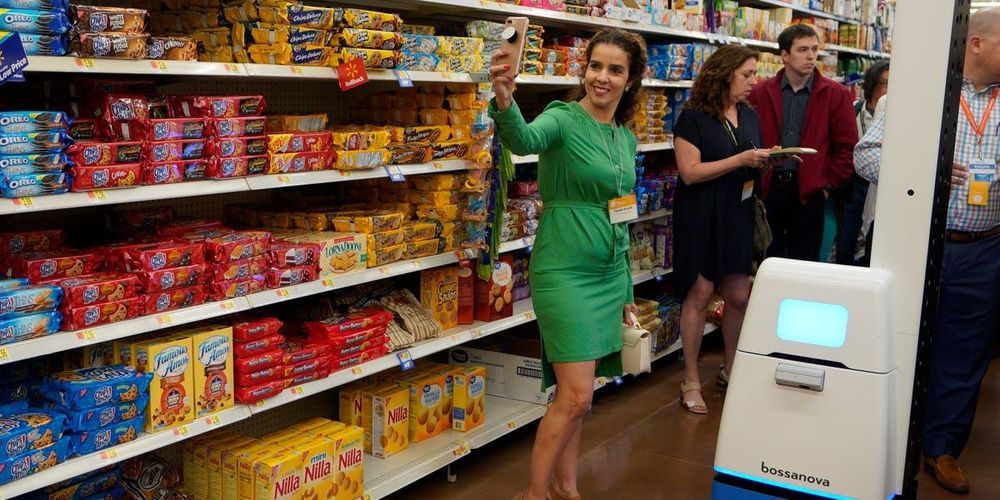If we want to colonize Mars, we’re going to need to figure out a way to feed ourselves there, and continuously sending food to the Red Planet isn’t a sustainable plan.
But now, a team of researchers thinks it’s figured out a way to produce enough food on Mars to feed a million people — and they say their plan to make Martian colonists self-sufficient would take just a hundred years to implement.
